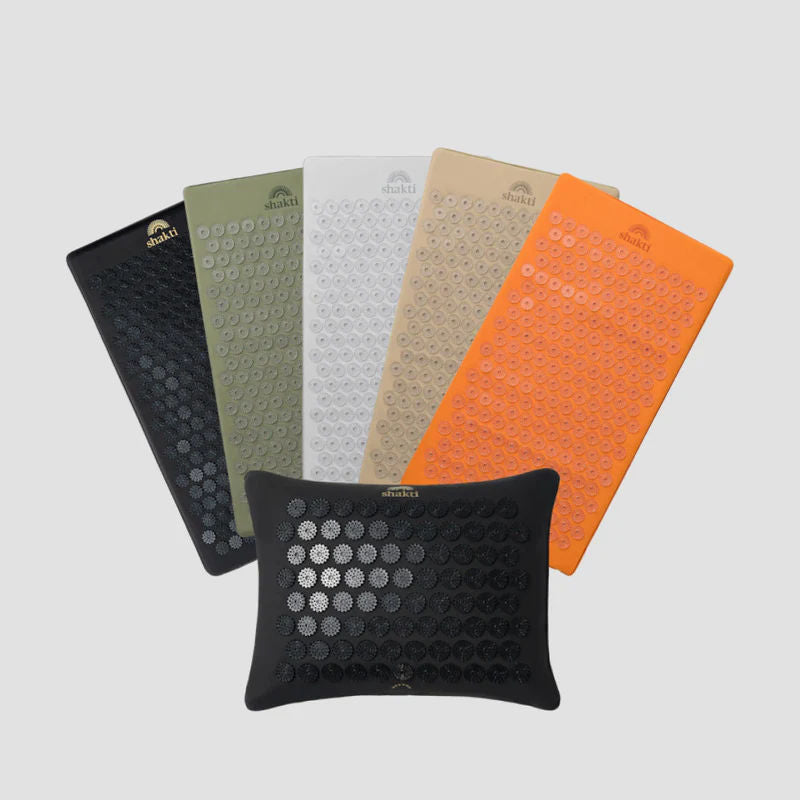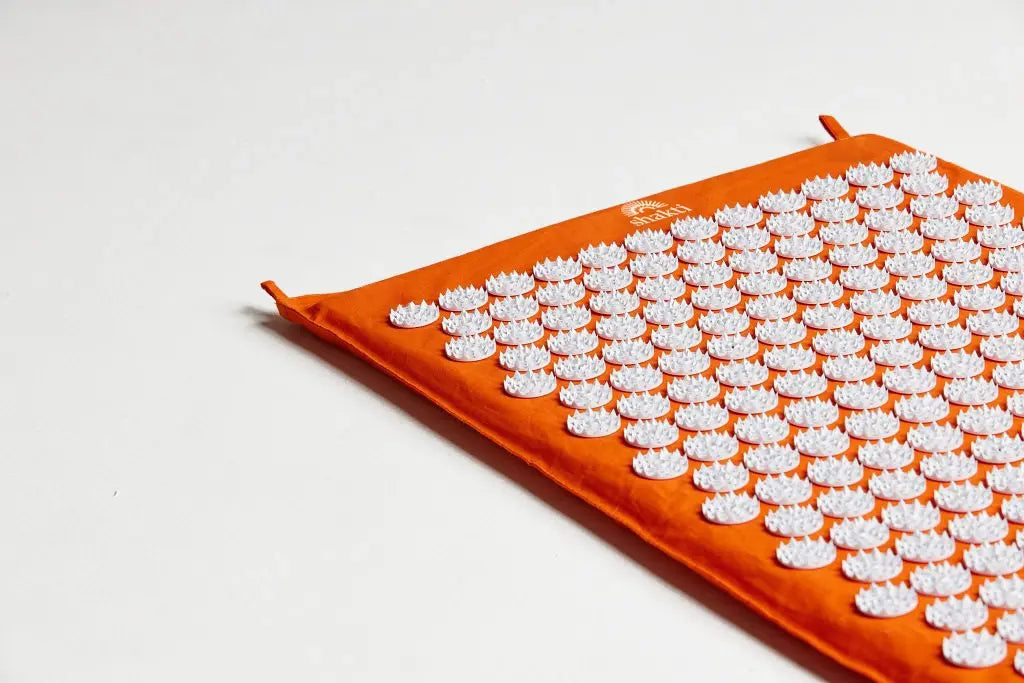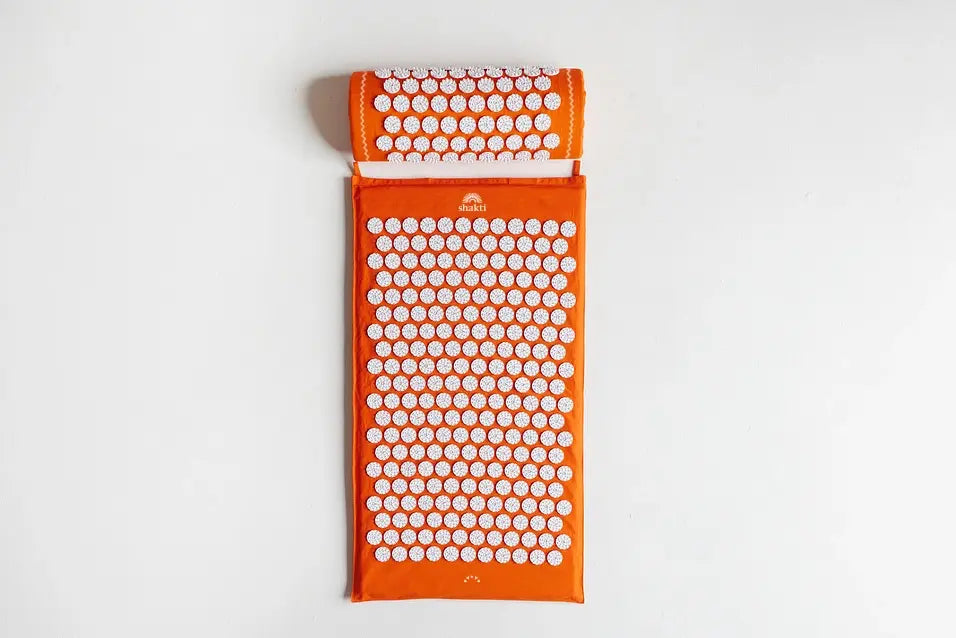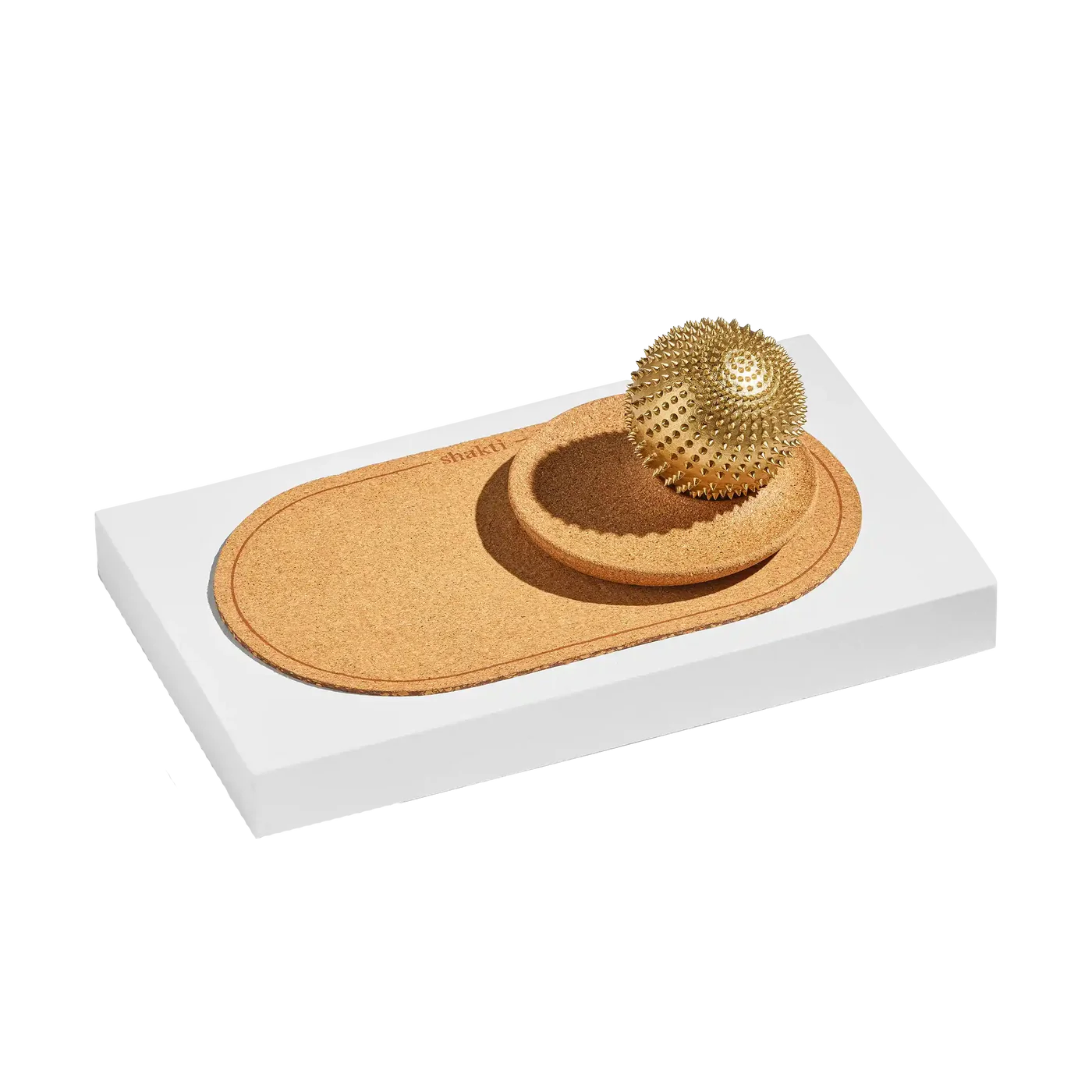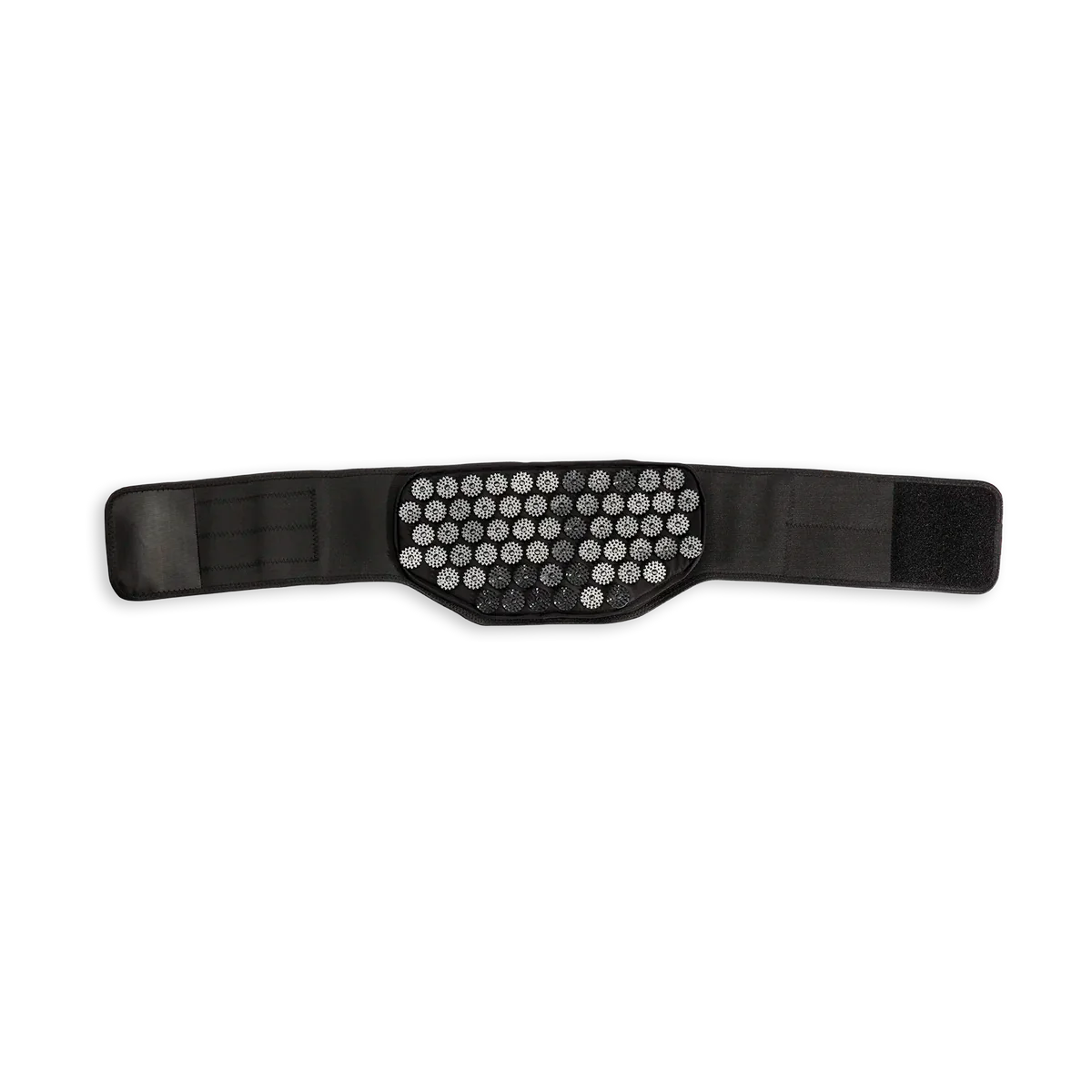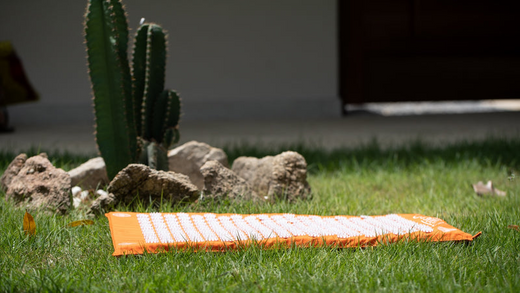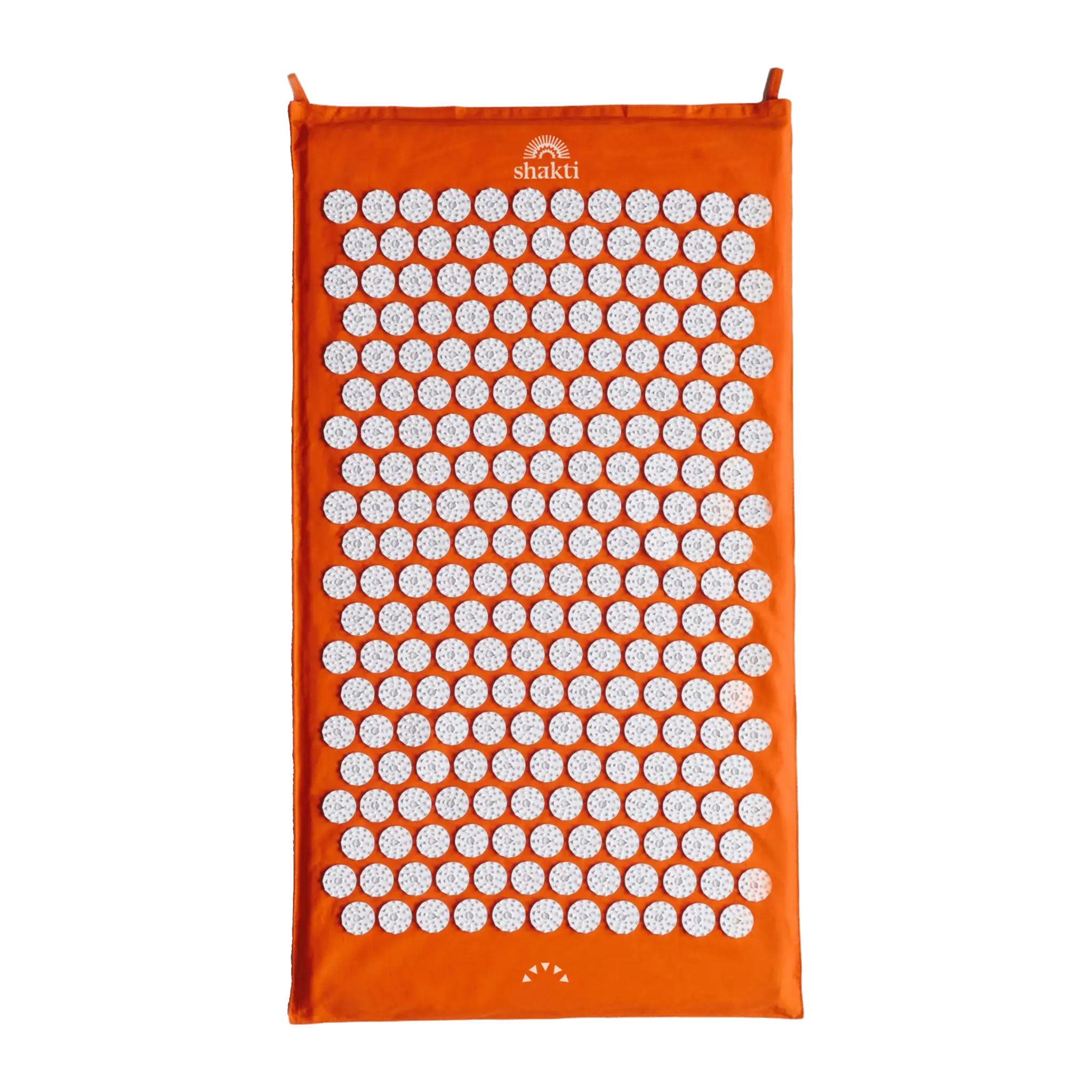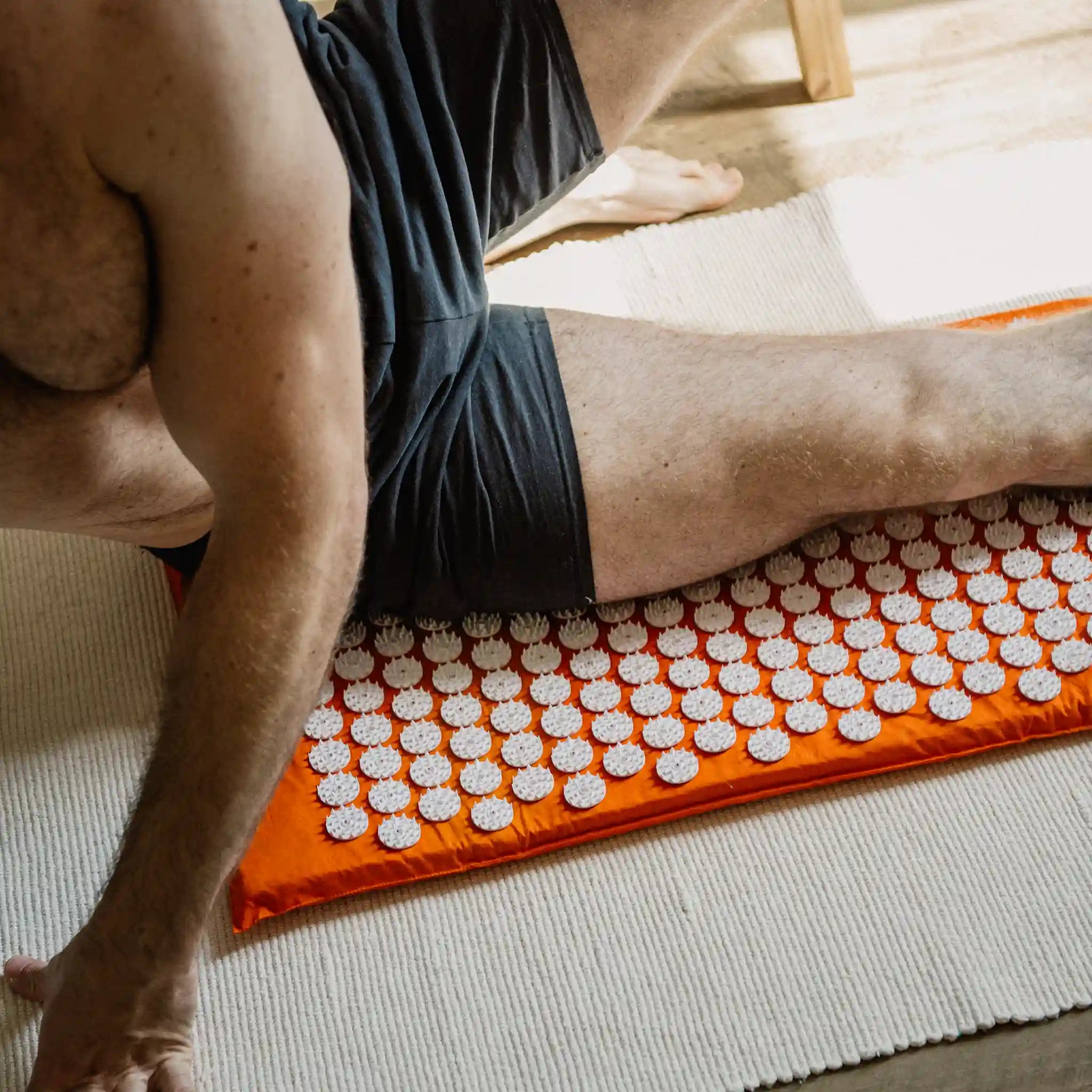- An initial overview: piriformis syndrome
- Symptoms of piriformis syndrome are often similar to other diseases
- A visit to the doctor is essential for piriformis syndrome
- Causes of piriformis syndrome are usually multifactorial
- What to do with piriformis syndrome?
- Treatment of piriformis syndrome through exercise
- Treat yourself: Piriformis syndrome trigger points
- A particular challenge: finding the optimal sleeping position
- Help with piriformis syndrome: targeted use of painkillers
- Surgical treatment of piriformis syndrome: an intervention as a last resort
.
You may be familiar with the following situation: you're sitting in the office towards the end of a long working day. While you're trying to concentrate on your last task, you feel a sharp pain in your buttocks that slowly spreads to your thigh. Or maybe you're just about to go for a relaxing walk in the park. You are walking comfortably and suddenly a pulling pain shoots into your lower back. These incidents are not uncommon for people who suffer from piriformis syndrome. It is a rather rare and invisible, but persistent condition that becomes noticeable in everyday moments, making life a challenge. This is partly because it is often misdiagnosed or confused with other conditions, such as a slipped disc or sciatica.
So let's take a look at piriformis syndrome together. We want to understand the symptoms and causes in detail, because only on this basis can we find ways to counteract the pain with effective treatment. The good news is that suitable exercises can be easily integrated into your everyday life.
An initial overview: piriformis syndrome
We would first like to give you some very general information about piriformis syndrome before we go into detail about the symptoms, causes and treatment options. So our first question is: What is piriformis syndrome?
Piriformis syndrome, also known as bottleneck syndrome, is a condition in which the piriformis muscle is impaired. Although the piriformis muscle is a small muscle located deep in the buttocks, it plays an important role in moving the thigh outwards and stabilizing the hip joint. If the muscle is irritated or overloaded, it can compress or irritate the sciatic nerve, which runs through the muscle or lies directly over it. This can cause pain, numbness, tingling or weakness in the buttocks, along the sciatic nerve and down the leg.
The symptoms of piriformis syndrome can vary from person to person, but typical signs are pain in the buttocks, which can extend to the thigh or along the back of the leg. Movements such as walking or climbing stairs, but also simply sitting, can aggravate the symptoms. Possible triggers for piriformis syndrome include overuse of the muscle, injury, muscle imbalances or increased pressure from other anatomical structures.
Good to know: Piriformis syndrome is thought to occur in around seven percent of the population, with women being affected more often than men. It can occur at any age, but middle-aged people are particularly at risk. Treatment for piriformis syndrome can include a combination of rest, physical therapy, stretching exercises, massage, heat or cold therapy and anti-inflammatory medication, which we will of course go into in more detail later.
Symptoms of piriformis syndrome are often similar to other diseases
It has already become clear that piriformis syndrome causes pain and therefore limits you in your everyday life. But what exactly do these symptoms look like? As already mentioned, the symptoms of piriformis syndrome can vary from person to person:
-
Typically, pain and discomfort occurs in the buttock area, which can spread along the sciatic nerve to the thigh or down the back of the leg. This pain can be stabbing, burning or pulling and can come on suddenly or gradually.
-
They are often exacerbated by movements that strain the piriformis muscle, such as walking, sitting, running, climbing stairs or standing for long periods. Piriformis syndrome can therefore make you unable to work - at least for a short time.
-
Another common symptom of piriformis syndrome is numbness or tingling in the buttocks, thigh or leg caused by compression of the sciatic nerve.
-
Some sufferers also report limited mobility in the hip joint or reduced strength in the leg.
The diagnosis of piriformis syndrome can be a little more difficult in some cases, as the variety of symptoms just mentioned can be similar to other conditions, such as a slipped disc or sciatica. It is therefore essential to clearly differentiate piriformis syndrome from other conditions with similar symptoms. A doctor or physiotherapist can make an accurate diagnosis and develop a personalized treatment plan to alleviate the symptoms and restore function.
The good news: Once the diagnosis has been made, you can also take action yourself. Stretching exercises, massages or acupressure can effectively relieve the pain and are easy to do at home. We'll show you the best way to do this later.
A visit to the doctor is essential for piriformis syndrome
The symptoms of piriformis syndrome can severely affect daily life and make carrying out simple activities a challenge. It is therefore important to get a competent diagnosis from a doctor as quickly as possible. If necessary, they can also issue you with a sick note due to piriformis syndrome. Please take the time for this appointment and have a thorough check-up. The first point of contact is often a GP or orthopaedist. In some cases, a neurologist or sports medicine specialist can also help with the diagnosis and treatment of piriformis syndrome.
Our tip: It helps to keep a pain diary in which you write down your complaints every day. Describe your pain as precisely as possible (including the time) and try to localize it exactly. Also make a note of what activities you did and when, what was unusual and, if applicable, your daily routine. All this information will help your doctor.
The consultation is followed by a thorough physical examination. During this, the doctor will typically look for pain in the buttock area and along the sciatic nerve. Special tests may also be performed to check the function and sensitivity of the sciatic nerve. Often, if piriformis syndrome is suspected, MRI (magnetic resonance imaging) or CT (computed tomography) imaging is used to rule out other possible causes for the symptoms.

Causes of piriformis syndrome are usually multifactorial
Piriformis syndrome can be triggered by various causes. Overuse of the piriformis muscle often plays a role, particularly through repetitive movements or activities that strain the muscle - for example, prolonged and continuous sitting, running or cycling. Overuse can cause the piriformis muscle to swell or cramp, which can lead to compression of the sciatic nerve, which runs directly under or through the piriformis muscle.
Injuries such as bruises, falls or sports injuries can also trigger piriformis syndrome by directly affecting the piriformis muscle or affecting surrounding structures, which can lead to irritation or inflammation. In addition, muscle imbalances in the pelvic and hip area can lead to an altered load on the piriformis muscle and impair its function. This can be caused by insufficient stability or coordination of the surrounding musculature.
Piriformis syndrome is often multifactorial. This means that several causes may be present at the same time or various factors may interact to trigger the symptoms. An accurate diagnosis can therefore be crucial in order to identify the underlying causes and develop a suitable treatment plan.
What to do with piriformis syndrome?
Once the diagnosis has been made, treatment can begin. The good news is that you can take action yourself! You can get rid of piriformis syndrome by using some conservative treatment methods. These include rest to relieve the affected area and physical therapy to strengthen the surrounding muscles and improve flexibility. Stretching exercises can also be helpful to reduce the tension in the piriformis muscle and relieve the sciatic nerve. Alternative medical approaches are also available to you. The use of acupressurechiropractic or osteopathy can help to alleviate symptoms in some patients. This is because these treatment approaches improve circulation, reduce muscle tension and promote general well-being. You can try most of these methods as self-treatment at home, for example stretching exercises, heat or cold therapy, massages or the use of trigger point rollers or acupressure mats. Let's go through all these options in detail now.
Treatment of piriformis syndrome through exercise
After an initial period of rest, piriformis syndrome requires exercise. Of course, gently, in moderation and above all: in the course of suitable exercises. So you can do sports with piriformis syndrome, but please do so carefully. As a general rule: with piriformis syndrome, it is important to choose sports that do not overload or irritate the affected muscles and joints, but improve flexibility, strength and stability. Yoga, swimming and, of course, special piriformis syndrome exercises to stretch and strengthen the affected muscles are suitable for piriformis syndrome.
The supine piriformis stretch exercise is very suitable for this. Lie on your back and bend both knees. Lift your right leg and place your right foot over your left knee. Reach behind your left thigh or shin with your hands and carefully pull your left leg towards your chest. Hold the stretch for 30 seconds to 1 minute and then switch sides. You are welcome to incorporate this exercise into your daily routine several times a day. It can improve your flexibility, reduce muscle tension in the gluteal area and alleviate the symptoms of piriformis syndrome. When performing the exercise, always make sure to do it slowly and gently and stop immediately if you feel pain.
After stretching comes muscle strengthening, as this can also be helpful for piriformis syndrome. To do this, you can perform the "bridge with knee bend". To do this, first lie on your back with your arms next to your body and your palms facing down. Then bend your knees so that your feet are flat on the floor and your heels are about hip-width apart. Now tighten the abdominal muscles and press the heels into the floor to slowly lift the pelvis upwards until the body forms a straight line from the knees to the shoulders. Hold this position for a few seconds and then slowly lower your pelvis again. Repeat the movement up to 15 times. This exercise aims to strengthen the gluteal muscles, including the piriformis muscle. Strong gluteal muscles can help to improve stability in the pelvic area and alleviate the symptoms of piriformis syndrome. Here, too, it is of course important to perform the exercise in a controlled, calm manner and always in a pain-free area.
Treat yourself: Piriformis syndrome trigger points
In addition to stretching and strengthening the surrounding muscles, loosening and relaxing them is of course also important. For example, heat is very helpful for piriformis syndrome, as it makes it easier to release cramps. A piriformis syndrome massage is also sure to do you good and relieve your pain. You can use it to specifically treat existing trigger points. These are noticeable knots in the muscles that are caused by overloading or muscle injuries and impair the function of your muscles. In piriformis syndrome, trigger points can occur in the piriformis muscle, which can lead to local pain and pain radiating to other areas. The most common trigger points include
-
the gluteal trigger point, which is typically located in the upper area of the buttocks and can cause pain in the buttocks,
-
the lumbosacral trigger point, which can cause pain in the lower back and along the sciatic nerve, and
-
the trochanteric trigger point, which can cause pain in the hip area and thigh.
An effective way of treating trigger points and promoting muscle relaxation as well as stimulating blood circulation is to use an acupressure mat. These mats are equipped with numerous small spikes that exert pressure when lying down and can thus stimulate the trigger points. The use of acupressure promotes muscle relaxation and stimulates blood circulation, which can help to relieve pain and discomfort. Using an acupressure mat is very simple and straightforward: You lie down on the mat and let the tips gently work on the affected areas. You can use the mat several times a day for a few minutes to improve your overall well-being. Our tip: Beginners start with a mat with as many tips as possible. Why? Because this allows your body weight to be distributed more gently. Advanced users can then switch to a mat with fewer spikes to enjoy an even more intense effect.

A particular challenge: finding the optimal sleeping position
Piriformis syndrome can annoy you not only when you are awake. Unfortunately, it often doesn't leave you in peace when you sleep either. But don't worry: with our tips, you can still use your night to regenerate pain-free and restfully. For example, many people with piriformis syndrome find it better to sleep on their unaffected side, as this reduces the pressure on the affected buttocks. It can also help to place a Pillow between the knees to keep the spine straight and reduce pressure on the pelvis. A Pillow under the affected leg is also effective in bringing the hip into a neutral position and relieving pressure on the piriformis muscle. Another Pillow under the head and neck can help to align the spine and improve comfort. With such a sleeping position, piriformis syndrome symptoms can be alleviated.
In addition, a medium-firm mattress can provide even support for the body and reduce pressure points. Some people also find relief by using an orthopaedic mattress topper or a memory foam topper. Heat or cold packs before going to bed can also release muscle tension and relieve pain, which can also lead to more restful sleep. Relaxation exercises before going to bed are also a great help for many sufferers. They can calm the body and reduce stress. This slows down the body and mind, especially if done regularly, and therefore improves falling asleep and sleeping through the night in the long term. Our tip for anyone who wants to get some exercise before going to bed: Yoga or gentle stretching can also be helpful to loosen muscles and reduce tension. In general, try out different methods and be open to new things. This is the only way to find out what works best for you personally.
Help with piriformis syndrome: targeted use of painkillers
If the pain caused by piriformis syndrome is particularly intense and previous methods of relaxation and pain relief have not shown sufficient effect, suitable medication may be an option. Anti-inflammatory drugs such as ibuprofen or naproxen can be used to relieve pain and inflammation. This can help to alleviate the symptoms of piriformis syndrome and improve your quality of life. In some cases, muscle relaxants may also be prescribed to reduce muscle tension and relieve the associated discomfort. However, it is important to only take medication for piriformis syndrome under the guidance of a doctor and to pay attention to the dosage and possible side effects. And you should also remember that the medication only alleviates the symptoms and does not address the actual cause.
Surgical treatment of piriformis syndrome: an intervention as a last resort
In a few severe cases, where neither rest nor appropriate exercise, neither stretching nor muscle building nor even targeted medication have been successful, injection therapy can be considered. This involves injecting a mixture of cortisone and a local anesthetic directly into the piriformis muscle. This can help to reduce inflammation, relieve tension and alleviate pain. However, injections for piriformis syndrome only provide temporary relief and are not suitable for every patient. In addition, there is of course a surgical option to release the piriformis muscle. However, this is only considered in extremely serious cases where conservative treatment methods are not sufficient. Of course, we hope that in your case the stretching and strengthening exercises as well as muscle relaxation through acupressure or massage will be successful and you will soon be able to say goodbye to your piriformis syndrome.


